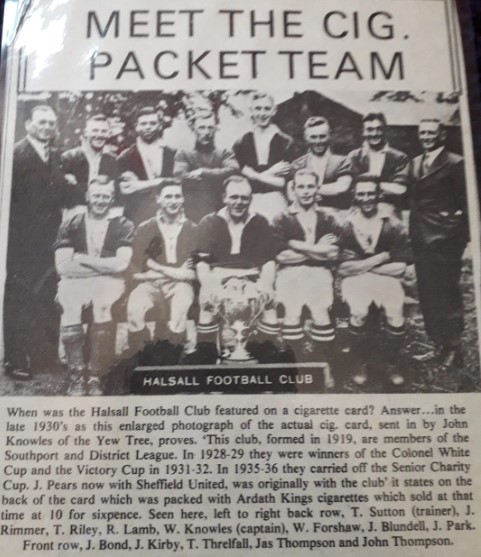Land Girl - WW1 - Thompson's Gettern Mere Farm
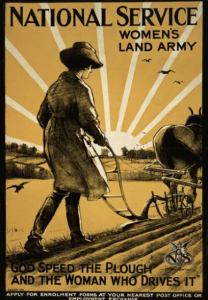
By January 1915 over 100,000 British men who worked on the land had gone to war. As a consequence of this, not enough food was being produced and farmers were struggling to carry out work without their farm workers.
Some voluntary societies helped out such as The Women’s National Land Service Corps. However, there was still an urgent need for more hands on deck. The War Agricultural Committees that had been formed nationwide were reluctant to encourage the employment of women in agriculture as they were of the opinion women would not be able to do the physically demanding jobs required of them.
The Government’s Board of Agriculture organised practical demonstrations and agricultural competitions throughout the country in an attempt to change the men’s prejudices regarding women working in farming. A series of rallies was also held in an effort to prove their point
In the end however, 23,000 women formed the Women’s Land Army during WW1. The main aim was to increase food production during the war. The WLA was divided into 3 areas:
Agriculture – 12,649 women were employed in agriculture in 1918. Most of them worked as field workers or milkers.
Forage – ie haymaking for food for horses. The Forage Corps began in 1915, before becoming part of the WLA. A total of 8,000 women worked in Forage by the end of 1919.
Timber cutting – the Women’s Forestry Corps was established in 1916 and employed women to do forestry work, therefore increasing timber production
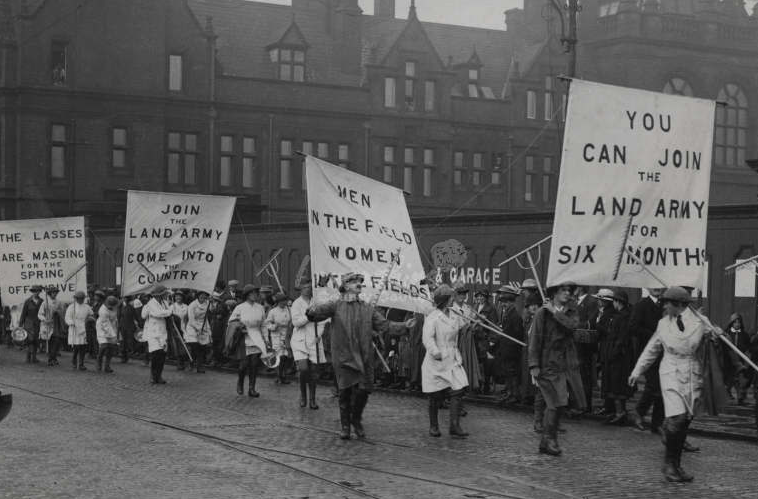
Halsall farmers would have employed some of these Land Girls on the many farms in the area. We have photographs of 4 women who worked for the Thompson family at Gettern Mere Farm during WW1.
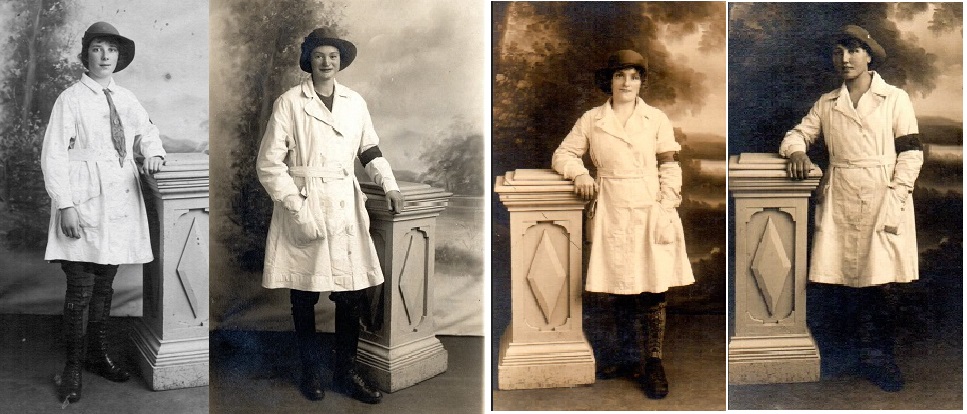
Unfortunately, we only know the Christian names of two of them – Violet and Micky. The photographs were sent to Rosetta Thompson in October 1918 by Violet. If anybody recognises any of the women, please contact us at HalsallHistory@gmail.com .
Thompson Family of Gettern Mere Farm
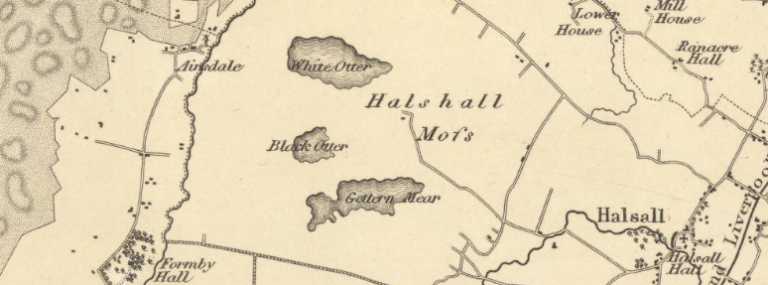
Gettern Mere Farm on Carr Moss Lane, Halsall was named after one of three large meres that existed on Halsall Moss before the land was reclaimed for farming purposes; Gettern Mere, Black Otter and White Otter. They can be seen on the 1818 Greenwood map of Lancashire.

Interestingly, the vicar who performed their wedding ceremony was Arthur Vaughan Williams, the father of Ralph Vaughan Williams, the composer best known for the piece ‘The Lark Ascending’. ( Biography of Ralph Vaughan Williams)
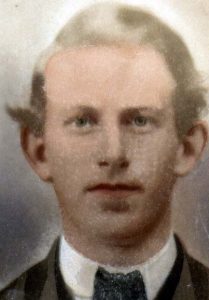
William Thompson Senior had grown up in Halsall and lived at the Scarisbrick Arms public house before becoming a farmer. He and his wife, Mary moved to Upholland to farm at Moss Side Farm. When the family returned to Halsall, they moved into the public house again and William worked as an innkeeper.
Sadly, William died at only 38 years old and so his wife, Henry’s mother, Mary ran the Scarisbrick Arms for the next 20+ years.
To read more about Mary Hesketh, see the Landmarks > Scarisbrick Arms page.
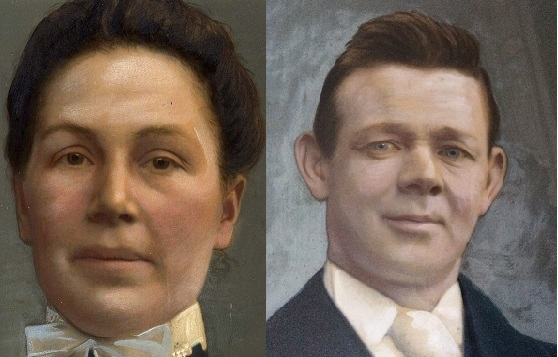
Henry Thompson GGJ6-G4W was born at Moss Side Farm in Upholland, Lancashire on 12th August 1870 and baptised on 9th October 1870 at Skelmersdale. Although born in Upholland, Henry also grew up in the Scarisbrick Arms public house in Halsall. Similarly, like his father, Henry became a farmer – firstly at Gettern Mere in Halsall and then in later life (approximately 1923) he moved to Hillhouse Farm, Altcar.
Henry’s wife, Emma Maddocks GGJ5-DNQ hailed from Altcar herself, being the daughter of Rosetta Burgess and Richard Maddocks, a gamekeeper from Alt Cottage, Alt Bridge, Altcar.
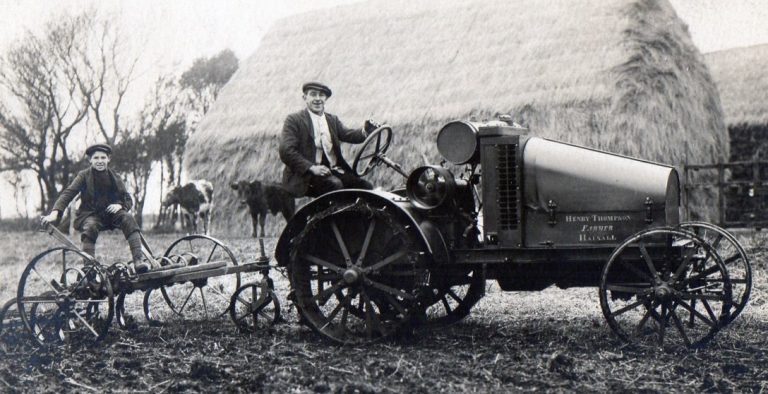
Henry and Emma were married in 1897, their marriage being registered at Ormskirk. We can see them living at Gettern Mere Farm in the 1901 census and have two sons by this time – William and Richard GGJ5-81Z named after their grandfathers. Also living with the family is Henry’s mother Mary and servant Edward Neale who was a carter on the farm.
By 1912 there were five more children – Rosetta, Mary GGV7-83M, John, Henry and James. In the 1921 Census all seven children were still at home either working on the farm or attending school.
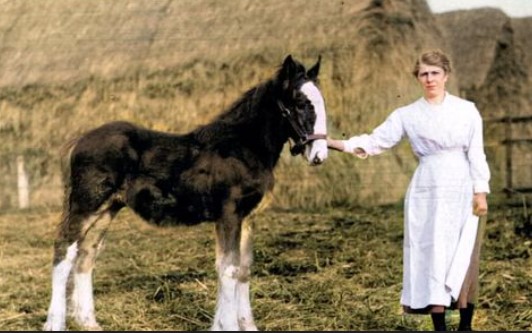
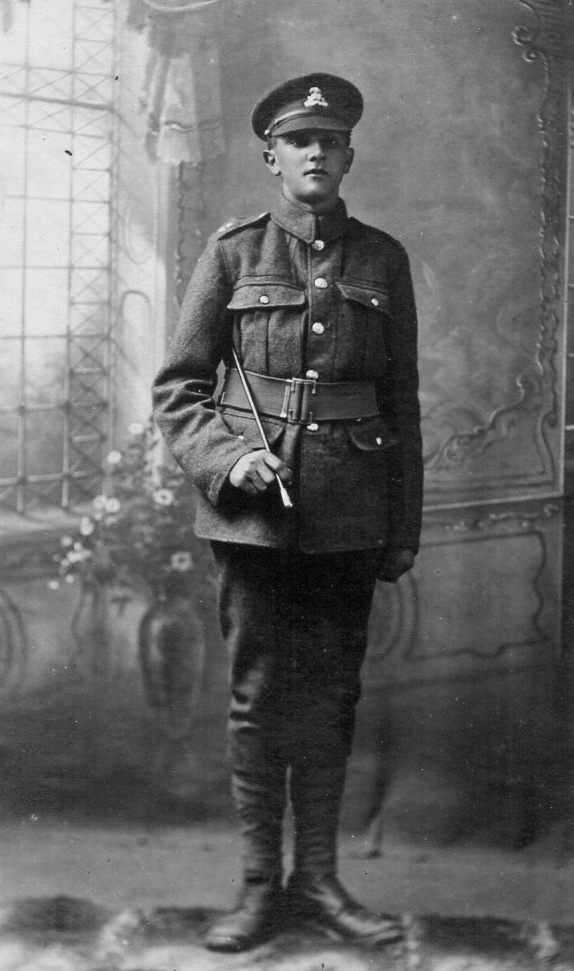
According to the 1921 census, William, the oldest child, had recently been discharged from the Army. Private William Thompson (64703) GGJ5-ZTV was enlisted into the Lancashire Fusiliers Regiment on 2nd March 1916 and called up for service on 22nd May 1918 at the age of 20 years 9 months. He was a Lewis gunner during his time in the Army (a Lewis gun being a WW1 light machine gun) and would have been in a team of two men; one man firing the gun while the other carried the ammunition and reloaded. He received a wound to his wrist on 12th October 1918 whilst on duty in Neuvilly, France – just one month before the end of WW1.
He obtained a Victory medal for his service and was discharged on 24th March 1919. William returned to Gettern Mere Farm to continue his work as a teamsman.It was perhaps this that led him to meet up with his future wife, Florence Elizabeth Core as she was the daughter of one of the local Halsall blacksmiths, Henry Core of New Street. William and Florence were married in 1924 and a year later their daughter Norah was born. However, William, as his grandfather before him, died young – at only 33 years of age. Florence re-married in 1937 to widower Thomas Pirie and she lived until 1965. She was buried with her first husband, William Thompson in Halsall church graveyard.
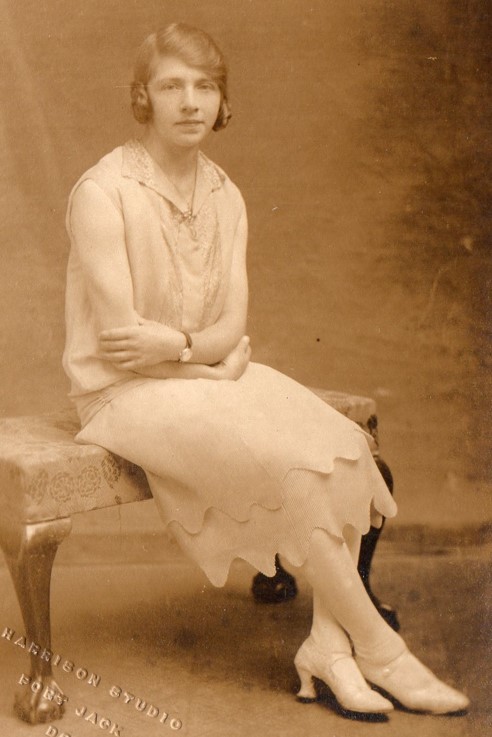
So whilst William was away at war, the Four Land Girls were working the land in his place.
It was in 1918 when the photographs were sent to Rosetta Thompson GGVW-S45 who at that time was living and working at Gettern Mere Farm. Rosetta (or Doris as she was known) was born on Valentine’s Day 1902 in Halsall.
She moved with her parents to Hillhouse Farm in Altcar and in 1935 she married Alfred Baybutt, a labourer from Bells Lane in Lydiate. The couple had no children and Rosetta died on 13th September 1952 of a brain haemorrhage at New Hillhouse Farm, Altcar. She was only 50 years old.
Alfred died on 1st December 1968; they are buried together at St. Thomas’ Church, Lydiate.
Thank you to Alan Bolton for the anecdotes and photographs of the four Land Girls and the images of the Thompson family, one of which (William Thompson Senior) was painted on glass in a popular technique called ‘reverse glass painting’. Reverse glass painting – Wikipedia
